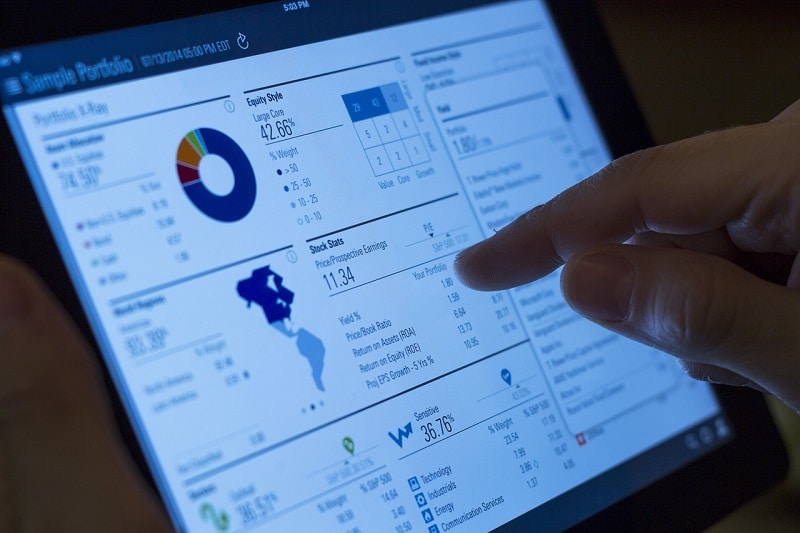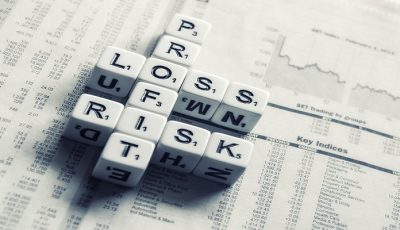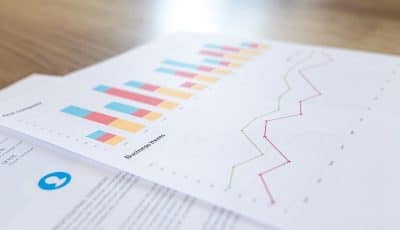
When you’re deciding on your approach to the markets, you’ll soon need to decide how many stocks you’d like to own at one time. If you’re going to trade stocks, you’ll need to decide how big a bet you want to make on each trade as a proportion of your total funds.
How Big an Investment Portfolio?
If you’re constructing a portfolio of stocks, there are two conceivable extreme positions.
To build the most dilute portfolio possible, you need to own some shares in every stock that’s traded on the market. Although this might seem a daunting task for any individual investor, it’s actually easily accomplished by investing in an index fund. These funds produce a return very close to that of the whole market. You need to make sure you choose an index fund with minimum fees/charges to ensure these don’t swallow too high a proportion of your returns.
To build the most concentrated portfolio possible, you need to buy shares in just one stock. If you choose wisely, your returns will crush the returns from the wider market. Just about every year there are stocks that rise by hundreds of percent. All you have to do is pick the right stock! Choose the wrong stock and you’ll lose all your money when its price reaches zero, or it simply stops trading.
The smaller your portfolio, the higher your chances of producing an outstanding performance, one way or the other!
If you develop the business analysis skills we talk about on this site and become proficient at selecting companies whose shares are trading at below their intrinsic value, you will be able to crush the market by concentrating your investments and buying a small number of stocks you have assessed as selling at bargain prices.
If you go down the concentrated portfolio route without taking the trouble to develop the skills you need, you’ll most likely be beaten by the market. You would be better putting your money in an index fund.
Sizing your Trading Positions
When you’re trading, you need to size your positions (the size of your position is the amount of money you have in a trade) so that when you lose, you are not in danger of losing so much that you damage your ability to continue trading.
Even successful traders can lose money and have losing streaks that last for uncomfortably long periods of time.
To have a long-term future as a trader, you need to limit your potential losses on any single trade to a small fraction of your total trading capital.
You need to design trades which, if they go wrong, will lose you no more than 1% or, at the very, very most; 2% of your total trading capital.
Example A
Your total trading capital is ten dollars. You’re betting heads/tails on a coin. What is your largest bet size?
You don’t want to lose more than 1% of your total capital on any throw. Since coin tossing is an all or nothing bet, you are allowed to bet no more than 1% of $10 on each throw.
1% of $10 = $0.10
Your maximum bet size is 10 cents.
Example B
Your coin tossing career has been shut down by the SEC, but not before you had amassed a total of $200,000 to trade on the stock market. Your technical analysis has given you a buy signal on a stock that’s trading at $15. Your stop-loss will be at $14. How much of your total funds can you put into this trade?
You don’t want to risk losing more than 1% of your total capital in any single trade.
Your total permitted loss is 1% of $200,000, which is $2,000.
Your possible loss on each share before your stop-loss is hit is $1, which means you are allowed to buy 2,000 shares.
The total funds you can place in this trade
= share price x no. of shares
= $15 x 2,000
= $30,000
Example C
The stock you’re thinking about buying in Example B above is very volatile – it’s price has a history of moving by quite large amounts, both up and down, on a daily basis.
Your technical analysis tells you it’s likely to be moving up, but there’s a good chance if you set too tight a stop-loss you’ll be stopped out of the trade before you get the chance to make a profit.
Your analysis tells you a logical price for the stop-loss is $12.50. How much of your total funds can you put into this trade?
You don’t want to risk losing more than 1% of your total capital in any single trade.
Your total permitted loss is 1% of $200,000, which is $2,000.
Your possible loss on each share before your stop-loss is hit is now $2.50. This means you allowed to buy 800 shares. (Losing 800 x $2.50 is a loss of $2,000.)
The total funds you can place in this trade
= share price x no. of shares
= $15 x 800
= $12,000
If you compare examples B and C, you should see that the amount of money you can put into any single trade actually depends on how far the stop-loss is from your purchase price.
Your stop-loss MUST be set using your trading rules. These rules might, for example, set stop-losses using support lines on a chart or by taking account of the stock’s historical price volatility. NEVER be tempted to place your stop-loss at a lower price than would be assigned by your trading system, even if you “have a strong hunch” and want to put more money into the trade than your trading rules allow. Successful traders are disciplined traders.





